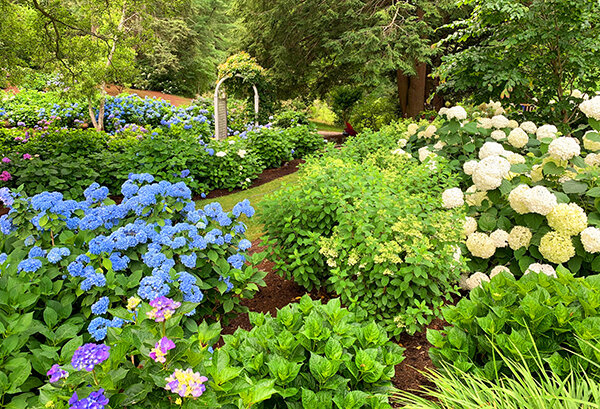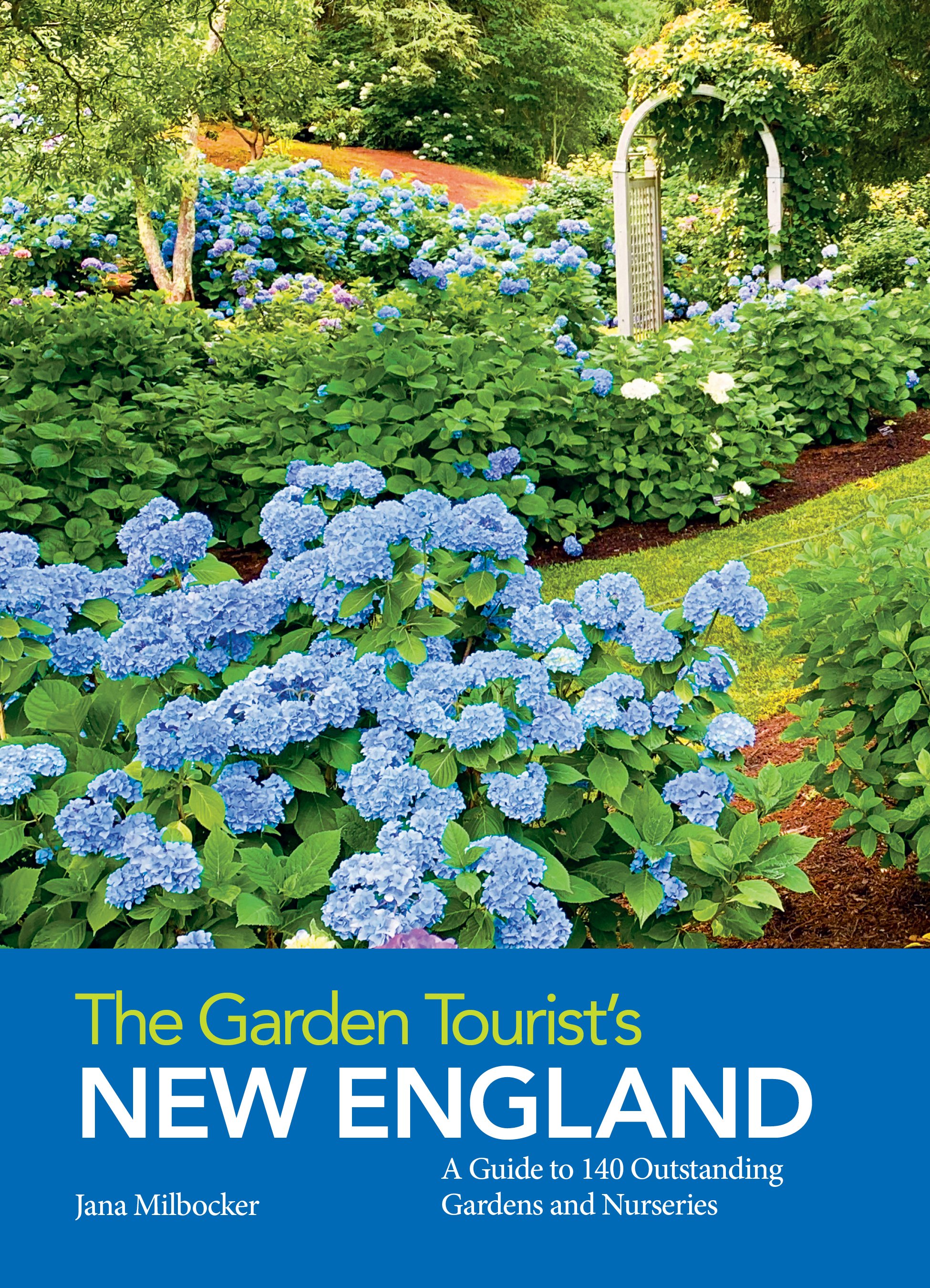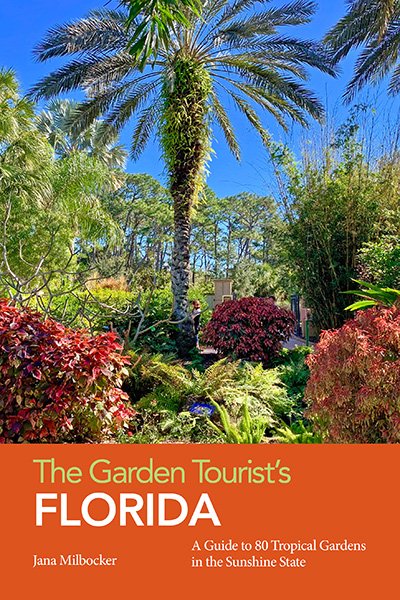Falmouth Estate Offers Gardens and Art
/If you are on the Cape this summer, I would highly recommend a visit to Highfield Hall in Falmouth, MA. Highfield Hall and Gardens is the magnificently restored 1878 estate of the Beebe family, with a dramatic history and a vibrant present-day existence. It offers something for everyone – the gardener, history buff, antique collector, art lover, theater fan and nature lover.
Highfield Hall was one of the early summer mansions built on the Cape, and is one of the few remaining examples of Stick-style Queen Anne architecture in the Northeast. It was one of two mansions built on nearly 700 acres by the James Beebe family, which gathered on the Cape for the summers and entertained in grand fashion. When the last Beebe family member died, the estate was sold and used for a variety of purposes by subsequent owners – from health resort to religious retreat to hotel. In 1949, the estate was purchased by DeWitt TerHeun, a great patron of the theater and opera, who created a theater on the grounds for college students. The theater remains the home of Falmouth’s much-loved summer stock company from Oberlin College, the College Light Opera Company.
From the late 1970s to 1994, Highfield was abandoned and suffered two decades of neglect and vandalishm. In 1994, a demolition permit was filed by the owners, which propelled a group of Falmouth citizens to organize to save the mansion. The group, now the Highfield Hall & Gardens non-profit organization, was embroiled in years of legal battles to stave off demolition. Volunteers cleared the property and secured the building from further decay and vandalism, while raising money and public awareness of the mansion’s plight. Finally, in 2000, the Town of Falmouth took Highfield Hall and 6 acres by eminent domain, and authorized the non-profit grout to renovate and operate the property. The extraordinary restoration effort that followed was made possible through donations totaling in excess of $8.5 million, almost all of which were contributed by private individuals. In 2006, the first stage of restoration was completed, and Highfield was opened to the public.
For the garden afficianado, Highfield Hall provides two formal gardens, a labyrinth, as well as walking paths through a rhododendron dell, heritage beech plantings and nearly 400 acres of woodlands. When Highfield Hall was built, there were far fewer trees on the property than there are today, since wood was the main source of building materials and heat. To design their property, the Beebes enlisted renowned landscape designer Ernest Bowditch, and later Frederick Law Olmstead. The Beebes were passionate about their plantings, and many of their favorite beech trees remain on the property.
Two formal gardens were part of the original plan. The West Garden, originally a cutting garden, supplied fresh flowers for the house all season long. Franklin Beebe was often found in this garden, tending his favorite flower, the carnation. Today, this garden is planted with shade and sun-loving perennials, from hostas to daylilies, rudbeckia, sedums and scabiosa.
The Sunken Garden was restored in 2011 according to a design by noted landscape preservationist Lucinda Brockway. Lucinda based her design on evidence of the Beebe’s original garden, but created a planting scheme that would offer more seasonal color and easier maintenance. The gardens are maintained by volunteers. The central boxwood-bordered beds bloom in shades of purple and blue in the summer with hundreds of salvias, ‘Rosane’ geraniums, and verbena bonariensis, accented with the silver foliage of artemesia, circling spiky yuccas. The outer beds feature peonies and re-blooming daylilies. The focal point of the garden is a tall whimsical tree scupture named “The Spirits of the Garden” by Alfred Glover, representing the passageways between the spiritual and the living in the garden.
When you visit Highfield Hall the summer, you will be treated to a wonderful art exhibit which is on view through September 14: “Kanreki: A 60 Year Journey. The 60th CWAJ Exhibition of Contemporary Japanese Prints”. This exhibit features more than 200 contemprorary Japanese prints by established and emerging artists. The prints encompass diverse techniques from traditional woodblock to intaglio, lithography, etching, aquatint, silkscreen and more contemporary digital innovations. The show debuted in Tokyo, and Highfield Hall is its exclusive US venue.














